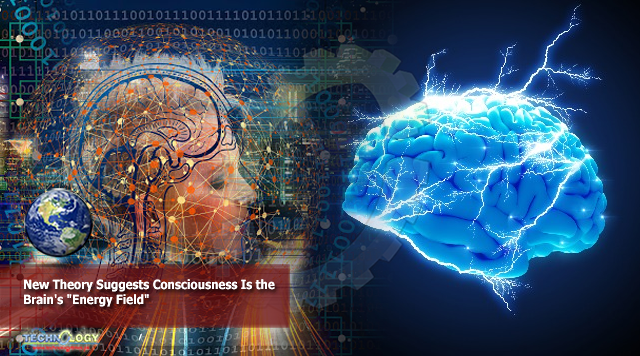Professor Johnjoe McFadden from the University of Surrey has put forward a new theory in the journal Neuroscience of Consciousness that consciousness is found not in the brain itself but in the electromagnetic energy field generated by the electrical impulses shared among neurons, the brain cells.

By Vchal
Cogito, ergo sum (I think, therefore I am). René Descartes’s famous philosophical statement has reminded us for centuries that we are thinking conscious beings. But where in our body does this consciousness reside?
The answer to this question is a historical, philosophical, and scientific quagmire. Some people believe that we possess an immortal soul and that’s the seat of our consciousness, a concept often referred to as the dualism of body and spirit.
Scientifically speaking the consensus is our consciousness is in the brain and its network of billions of connections.
But brains are so complex, and we continue to understand so little of them, that we can’t simply say where or how consciousness arises in this scenario.
A new hypothesis for our consciousness wants to straddle the two concepts. In a way it is dualism, but not as we know it. Forget your soul and embrace electromagnetism. No, this is not an advertisement for the Church of Nikola Tesla, but a concept known as conscious electromagnetic information (CEMI).
Professor Johnjoe McFadden from the University of Surrey has put forward a new theory in the journal Neuroscience of Consciousness that consciousness is found not in the brain itself but in the electromagnetic energy field generated by the electrical impulses shared among neurons, the brain cells.
“How brain matter becomes aware and manages to think is a mystery that has been pondered by philosophers, theologians, mystics, and ordinary people for millennia,” McFadden said in a statement.
“I believe this mystery has now been solved, and that consciousness is the experience of nerves plugging into the brain’s self-generated electromagnetic field to drive what we call ‘free will’ and our voluntary actions.”
As far as we can tell, the electromagnetism we measure from our brains is a consequence of neural functions, not a creator of them.
If the combined electromagnetic field generated by the brain has an effect on the brain itself, techniques such as electroencephalogram (EEG) and magnetoencephalography (MEG) should be used to test this. After all, extraordinary claims require extraordinary evidence.
Originally published at Ifl science